5TH CENTURY A.D
After the death of Theodosius, the empire was divided into Eastern and Western Roman Empire, the Visigoths sacked Rome and then moved west to Spain and North Africa and the Western Roman Empire disappears, while in the east it is maintained and developed, with its center in Constantinople.
Roman legacy.
What was left from the Romans become christianized, so churches and some religious buildings become the most important and with his all the pictorial, sculptural and constructive techniques were lost and so everything not related to the religion.
BYZANTINE
High Middle Ages. byzantine architecture was very religious with a big emphasis on the interiors. To this, the example of the Palace of Constantinople, a fortification with over 30 churches.
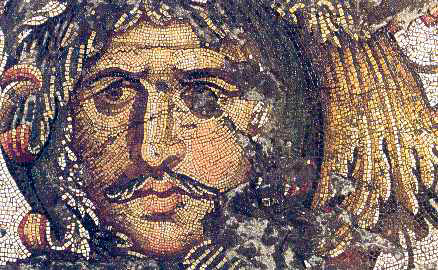
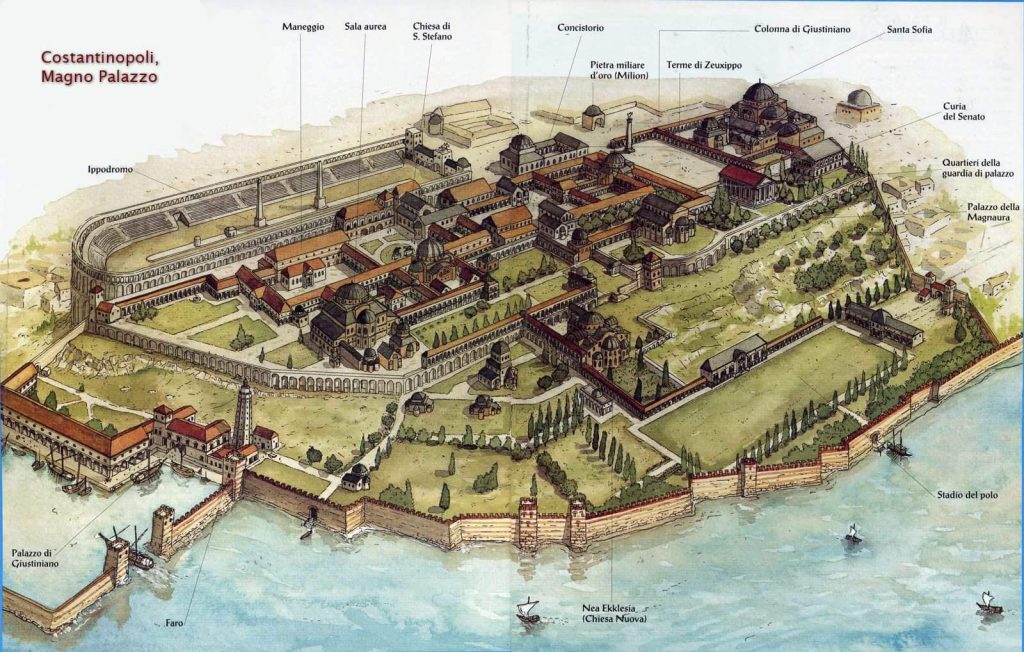
With the religion importance, it was required to construct some building dedicated to it such like hospices, hospitals and orphanages. Also roads to connect religious buildings and stones to save on materials.
HAGIA SOPHIA
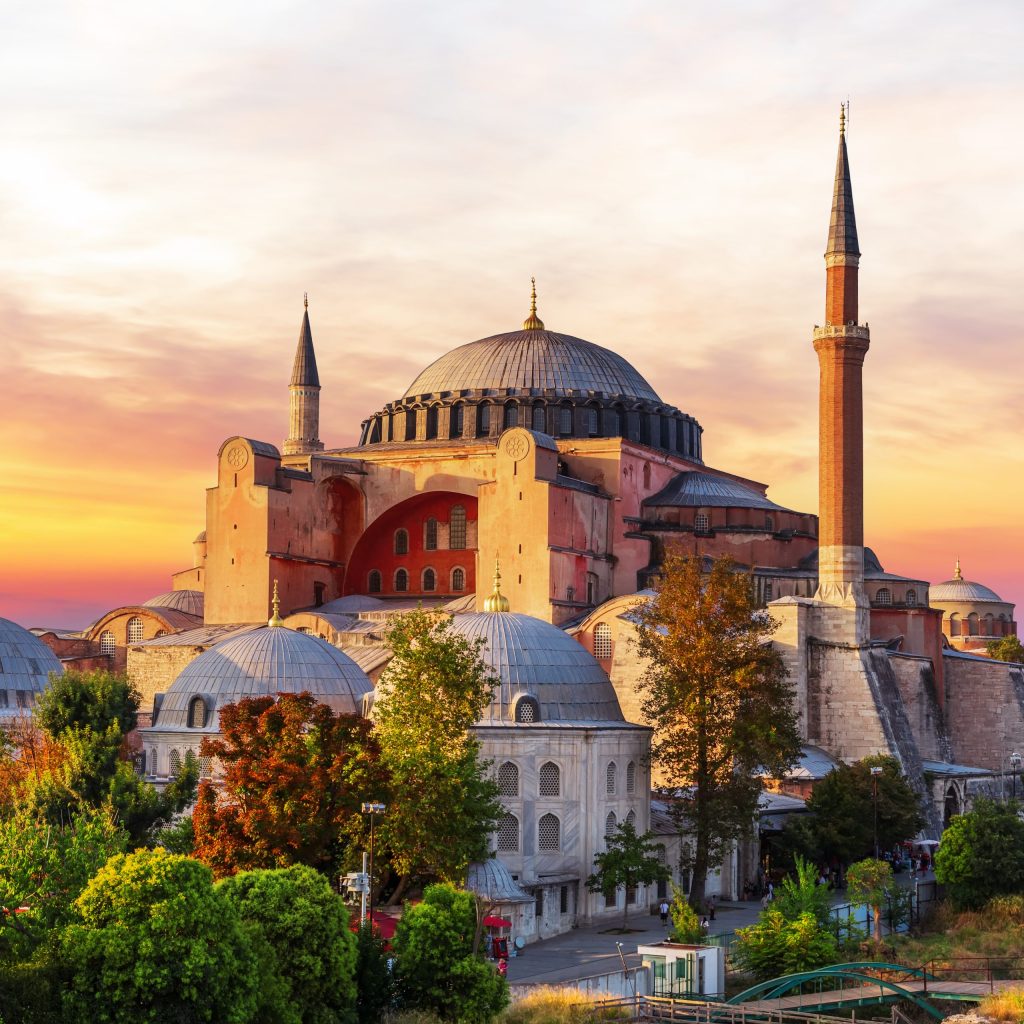
Hagia Sophia, officially the Hagia Sophia Grand Mosque, is a mosque and major cultural and historical site in Istanbul, Turkey. The cathedral was a Greek Orthodox church from 360 AD until the conquest of Constantinople by the Ottoman Empire in 1453. It served as a mosque until 1935, when it became a museum. Hagia Sophia represents the union between the Empire and the Church, a cube topped by a dome (the earth covered by the dome of heaven)
In architecture meanings, is a combination of the central plan of the romans with dome and romans basilicas. The dome it was and artistic and technical achieve.
The dome is placed on four triangular concave pendentives that serve as a transition between the circular shape of the dome and its rectangular base.
The use of mosaics that clad the domes with dim and trembling light, tried to recreate the heaven on earth.
Byzantine architecture is the architecture of heaven, full of symbolism.
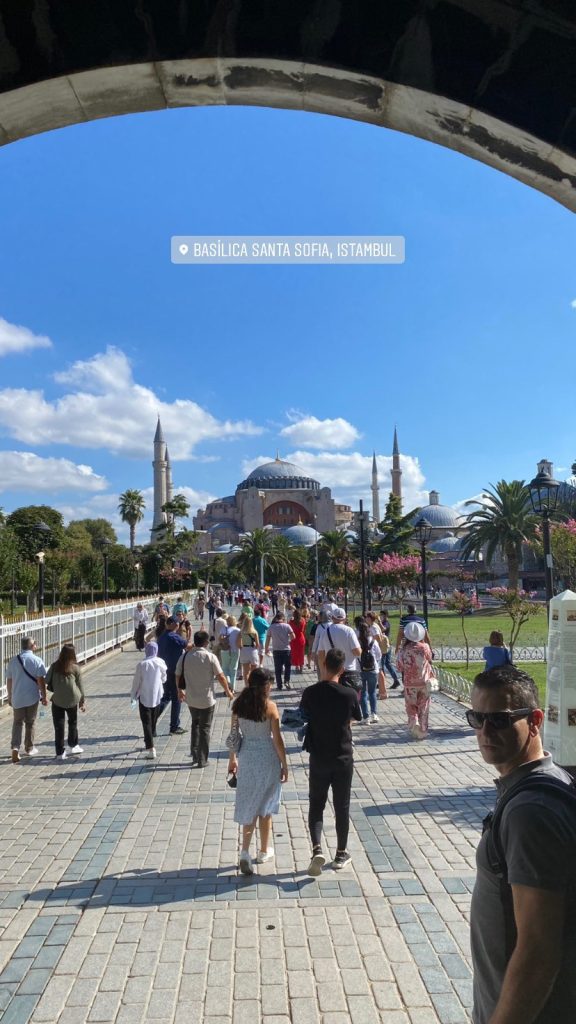

I’ve have the luck to see this amazing architecture advance with my own eyes and i’ve enter in the building attending to the religious rules to it, like wearing headscarf and being respectful being always on silent. The most incredible was the magnitude of the church and the weird form of it, we used to a different shape of a church and seeing this type of things and a culture totally contrary of us is really interesting.
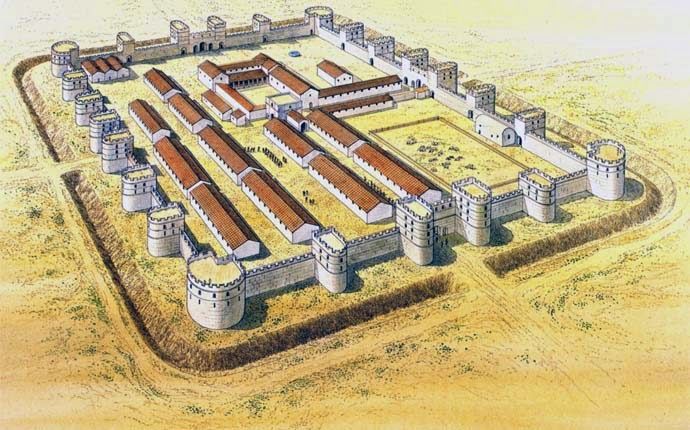
Military architecture. The dimensions of the cities tend to be more small in order to defend themselfs in case of attack and a defensive style is acquired and a good distribution of water.
The Byzantines brought different novelties to the military architecture: killers in the patrol paths from where to throw on the attackers all kinds of projectiles; blinds to defend the accesses.
Justinian began a systematic program of reinforcement of the cities, restoring the ancient walls and adding a large number of fortified centers. It is the passage from the city to the military fortification.
PREROMANESQUE
The social system changed to a pyramidal system of vassalage and control of territory.
In architecture were developed castles.
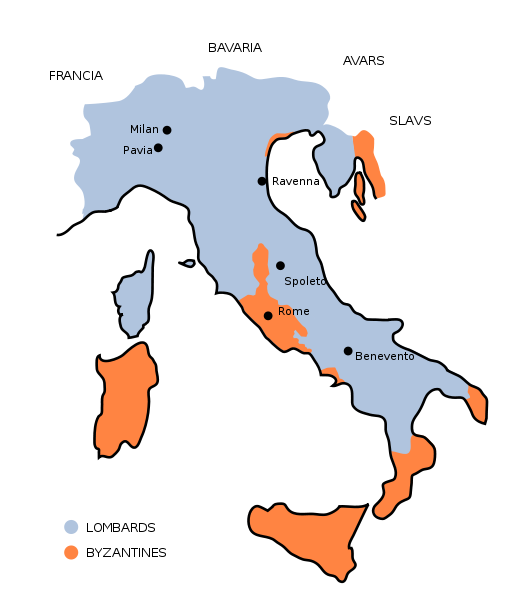
The lombards. The lombards were Romanized population converted to Cristianity since 5th century. They hadn’t had any architecture history due to their nomadic character, they achieve a uniform style based on the ideological use of the plundered elements of Romans buildings but used it in a symbolic way.
A good example of it is the great training of goldsmithing where the architectural elements had applications on stain-glass pastes and coloured stones as they were jewels.
North of Italy, there are no memories of it because all of it has been reconstructed and modified.
The visigods. An ecclesiastical architecture creating the model of the traditional Roman Basilica and a central floor typology. Also churches like San Juan de Baños, San Pedro de la Nave and Sao Fructuoso de Montelios.
They are not large buildings, with basilical floor plan, flat apse, horseshoe arch, Corinthian capitals, stone walls without buttresses, and wooden roofs, except for the apses, where barrel vault o quarter sphere are common.
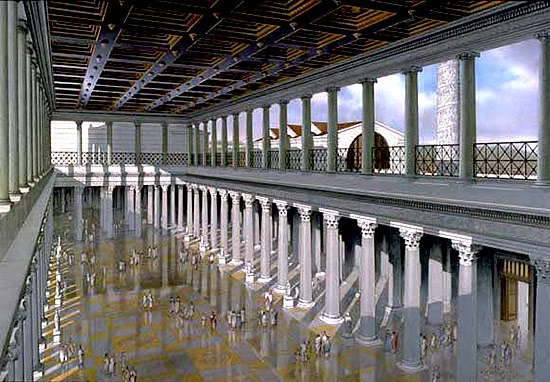
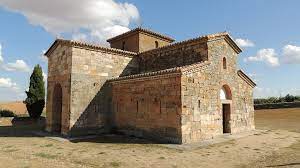
CarolIndian empire.
The Carolingian Empire was a large imperial Frankish kingdom in Europe during the Middle Ages. It was founded by Charlemagne, who was crowned Holy Roman Emperor by Pope Leo III in 800.
They are charactized by the desire to reaffirm classical art in order to emulate the the Roman Empire. The Carolingian Empire had a significant impact on the architecture of the time period. During the Carolingian period, there was a revival of classical Roman architectural styles, and many buildings from this time period show the influence of Roman architecture. Some of the most notable Carolingian architectural achievements include the construction of large cathedrals and monasteries, such as the Basilica of Saint-Denis in France and the Abbey of Fulda in Germany. These buildings often featured grand, ornately decorated exteriors and interiors, with large arched windows, barrel vaults, and domes. The Carolingian period also saw the development of the Romanesque style of architecture, which was characterized by the use of rounded arches, thick walls, and heavy, solid construction. This style would become dominant in Europe during the later Middle Ages.
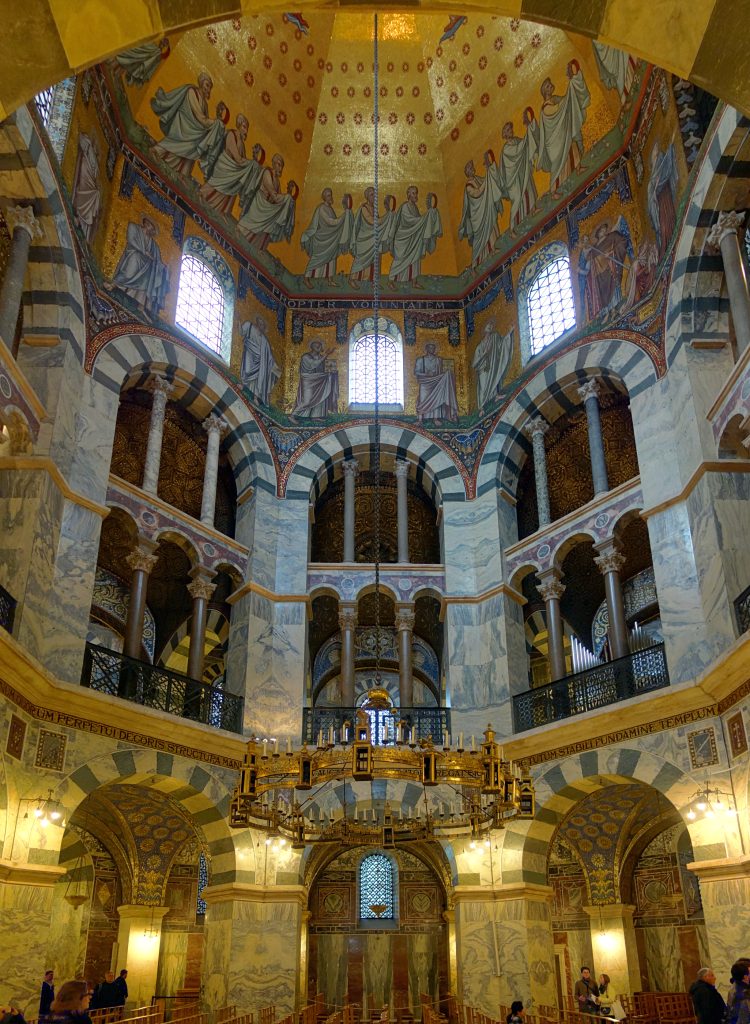
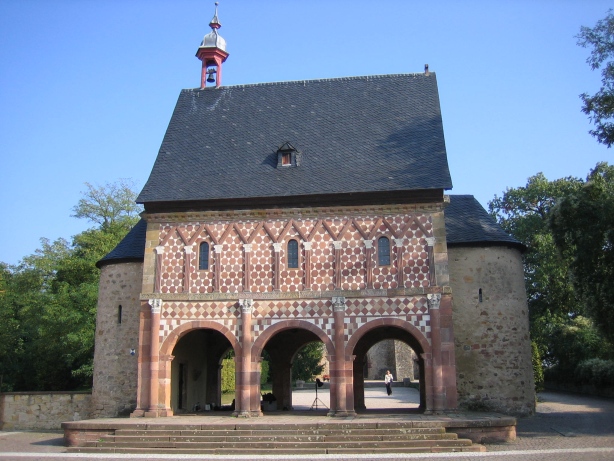
The Palatine Chapel, also known as the Aachen Cathedral, is a chapel located in Aachen, Germany. It was built by Charlemagne, the first ruler of the Carolingian Empire, as his palace chapel and coronation church. The chapel is considered a masterpiece of Carolingian architecture and is one of the oldest surviving buildings in Germany. It is also one of the few surviving examples of Carolingian architecture in the world.
The Palatine Chapel is a large, rectangular building with a wide central nave and two side aisles. It has a high, barrel-vaulted ceiling and is decorated with marble, mosaics, and gold leaf. The chapel’s main entrance is located on the west end, and there is a large apse at the east end, which contains the altar. The interior of the chapel is richly decorated with mosaics, frescoes, and carvings, and the chapel’s high altar is made of gold and other precious materials. The chapel was designated a UNESCO World Heritage Site in 1978.
The saxons (Otonians)
The Saxons, also known as the Otonians, were a Germanic people who lived in what is now Germany and Denmark during the Middle Ages. They played a significant role in the development of medieval architecture in these regions.
During the Otonian period, which lasted from about 919 to 1024, architecture in Saxon lands was heavily influenced by the Romanesque style, which had spread throughout Europe from the 11th century. Otonian architecture is characterized by the use of rounded arches, thick walls, and heavy, solid construction. Many Otonian buildings, such as castles and churches, were built with defensive purposes in mind, and they often featured thick, fortified walls and strong foundations.
One of the most notable examples of Otonian architecture is the Ottonian Palace in Goslar, Germany, which was built in the 11th century. The palace is a large, rectangular building with a high, gabled roof and thick walls, and it is decorated with elaborate carvings and frescoes. Other notable Otonian buildings include the abbey churches of Hildesheim and Gernrode in Germany, which are both recognized as UNESCO World Heritage Sites.
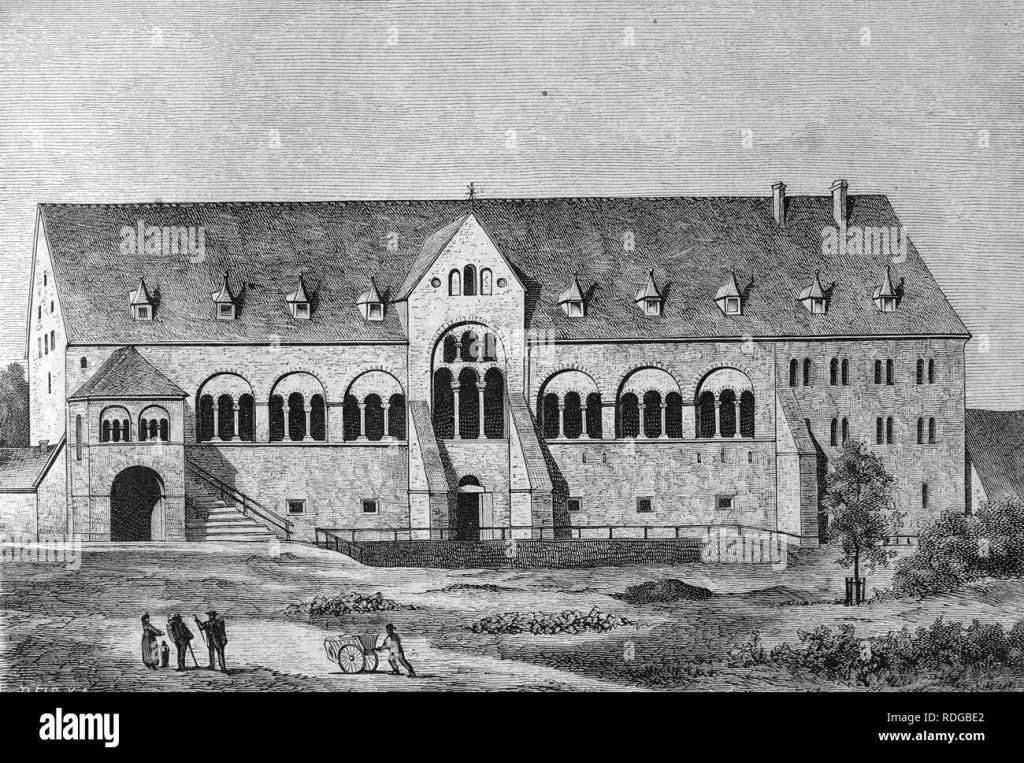
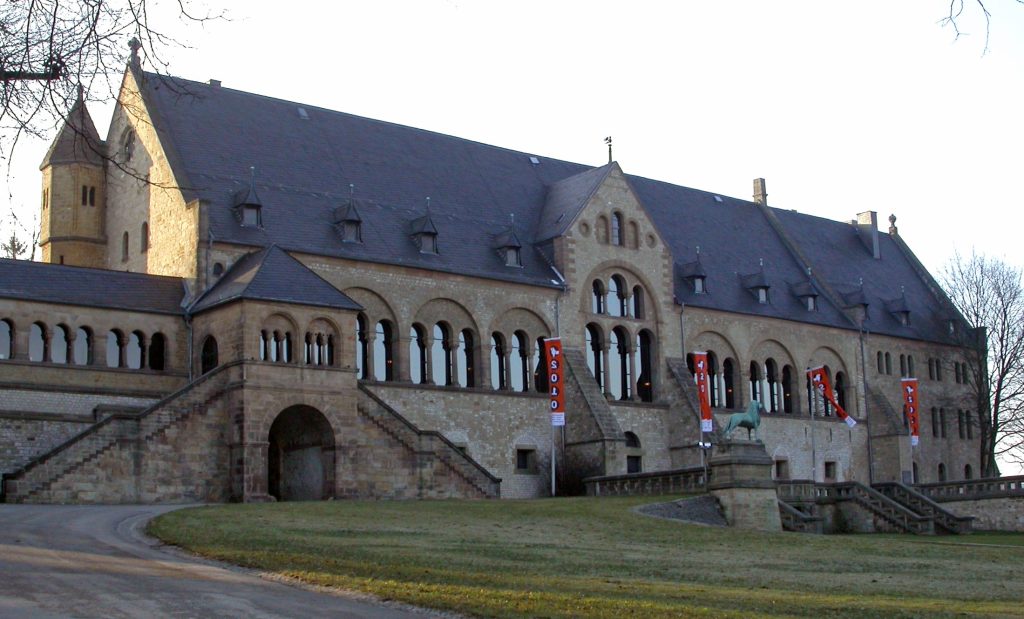
ISLAMIC- AL ANDALUS
Al-Andalus, also known as Islamic Spain, was a medieval Muslim territory in the Iberian Peninsula that existed from the 8th to the 15th centuries. During this time, Islamic architecture flourished in Al-Andalus and had a significant influence on the development of architecture in the region.
Islamic architecture is characterized by the use of geometric patterns, elaborate decorative elements, and the incorporation of natural materials such as marble, wood, and stone. In Al-Andalus, this style was combined with local influences to create a unique architectural tradition known as “Mudéjar”. This style is characterized by the use of glazed tiles, plasterwork, and woodwork to create elaborate, ornate buildings.
Some of the most notable examples of Islamic architecture in Al-Andalus include the Great Mosque of Cordoba, the Alhambra palace in Granada, and the Madrasa of Granada. These buildings are known for their grand size, intricate ornamentation, and use of geometric patterns.
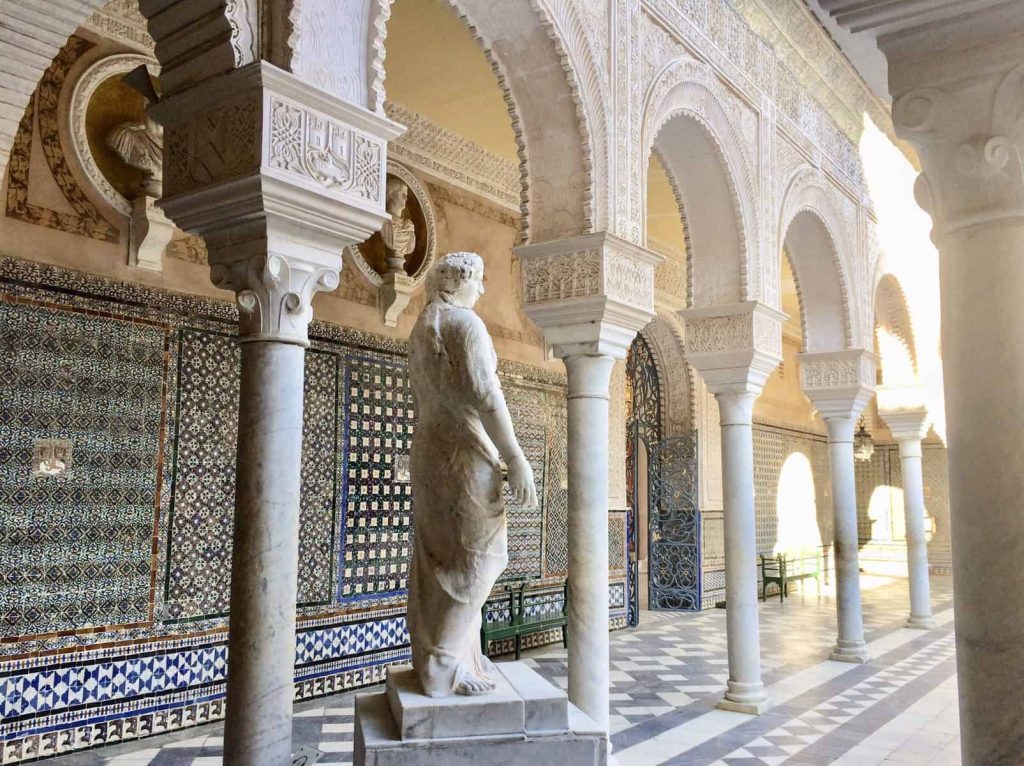
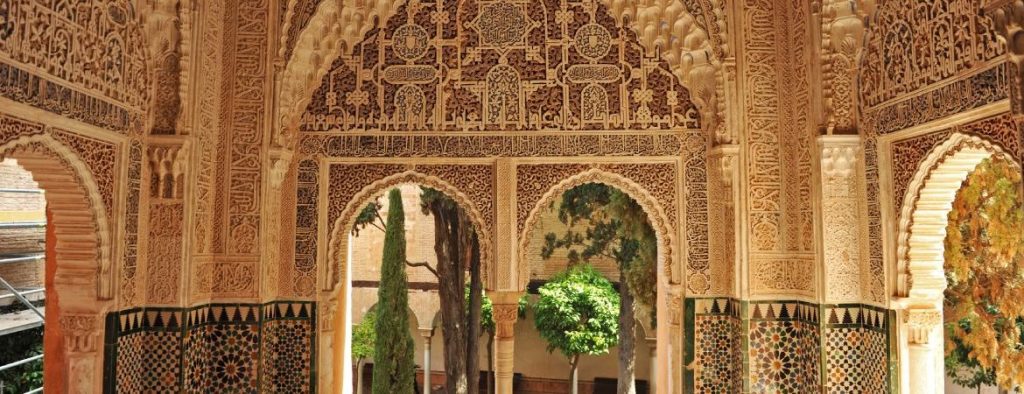
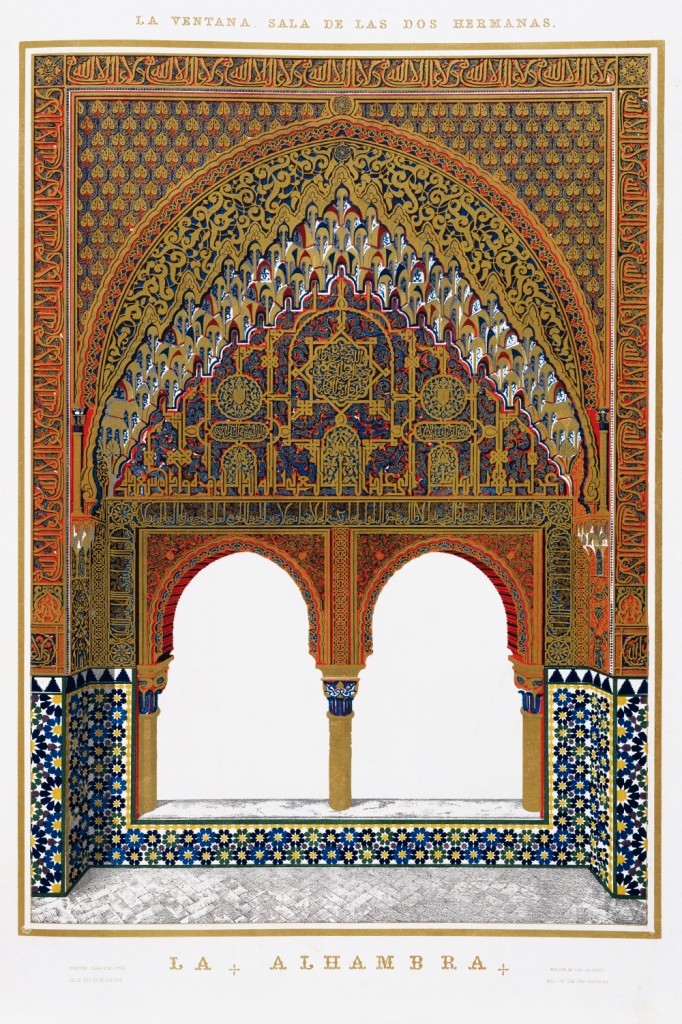
The ribbed vault it consists of a series of arched ribs that support a series of arched or pointed vaults. The ribs are typically made of stone or brick and are supported by columns or piers. The space between the ribs is filled with a series of smaller arches or vaults.
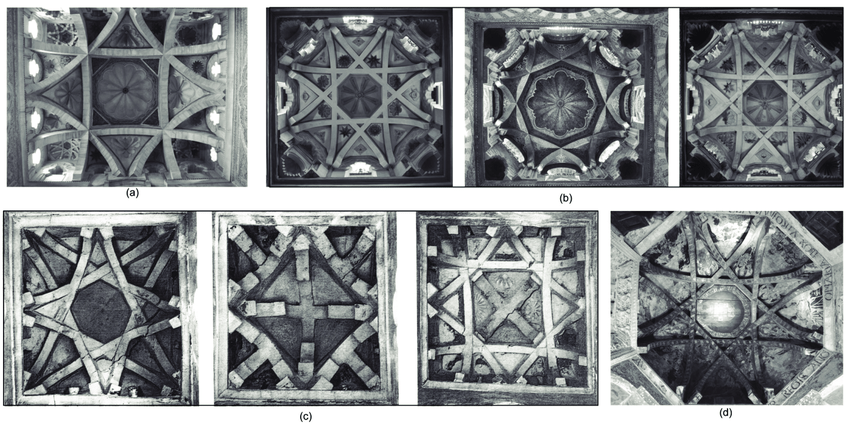
ROMANESQUE
Romanesque architecture is developed in the 11th and 12th centuries. It was influenced by the architecture of the Roman Empire. Romanesque architecture is characterized by the use of rounded arches, thick walls, and heavy, solid construction.
One of the most notable features of Romanesque architecture is the use of the rounded arch, which allowed for the construction of larger, more open spaces with higher ceilings. These arches were often used to create decorative patterns and geometric shapes on the exteriors and interiors of buildings. Other common features of Romanesque architecture include the use of barrel vaults and groin vaults, which were used to support the weight of the building, and the use of thick, fortified walls for defensive purposes.
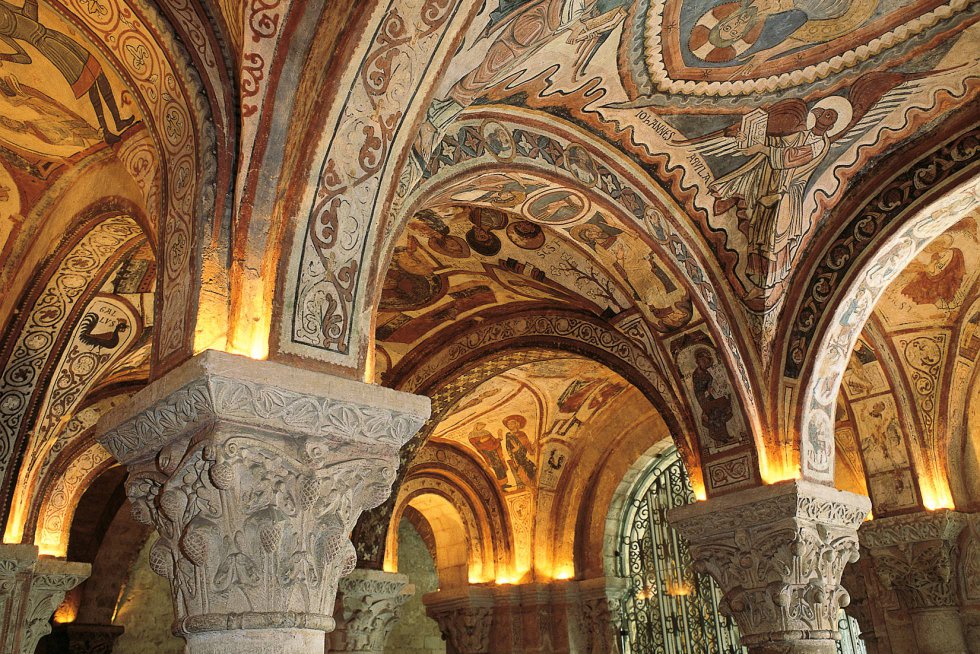

Romanesque architecture was widely used in the construction of churches, castles, and other public buildings, and it is often associated with the medieval period in Europe. Some of the most famous examples of Romanesque architecture include the Basilica of Saint-Sernin in Toulouse, France, the Castle of Guedelon in Burgundy, France, and the Durham Cathedral

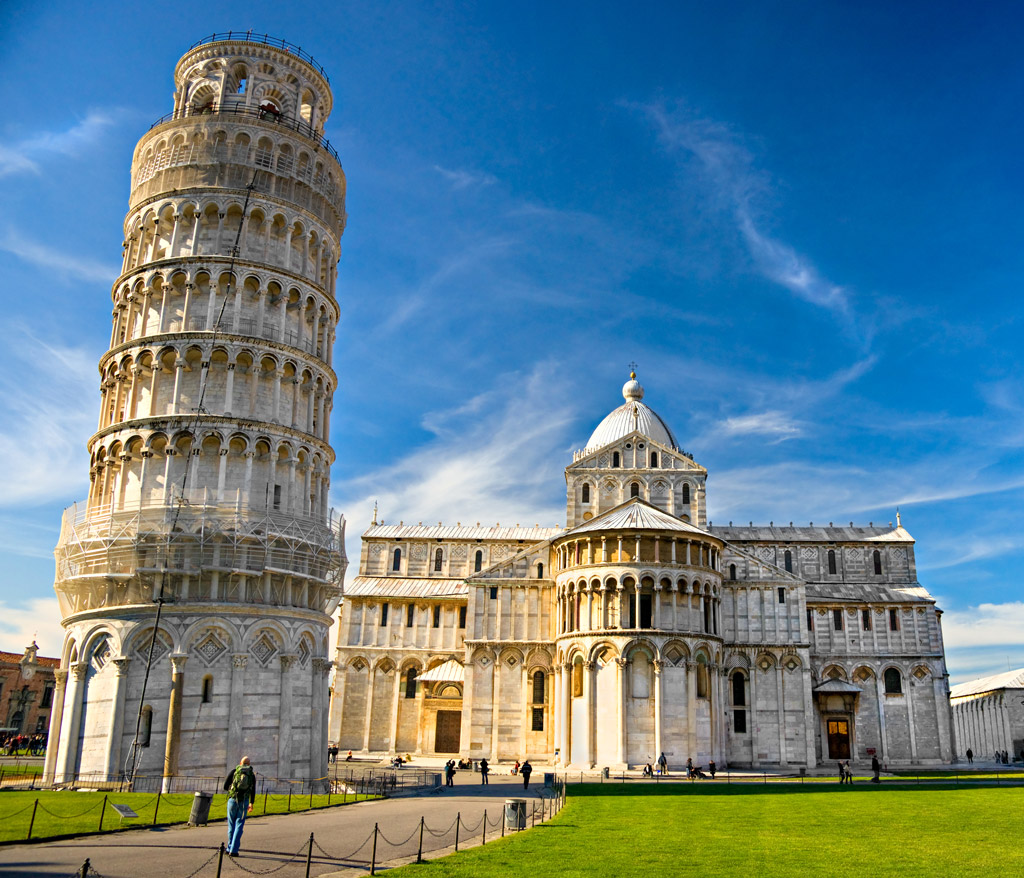
GOTHIC ARCHITECTURE
Gothic architecture, during the 12th century and continued until the 16th century, it is characterized by the use of pointed arches, ribbed vaults, and flying buttresses. These elements allowed for the construction of taller, more slender buildings with larger windows and more open, airy spaces. Gothic architecture also made use of ornate decorative elements, such as tracery, carved stone, and stained glass, which were used to create beautiful and elaborate buildings.
Gothic architecture was primarily used in the construction of churches and cathedrals, but it was also used in the construction of secular buildings such as castles and palaces. Some of the most famous examples of Gothic architecture include Notre Dame Cathedral in Paris, Salisbury Cathedral in England, and the Castle of Loarre in Spain. Gothic architecture had a significant influence on the development of architecture in Europe and continues to be admired for its beauty and technical innovation.
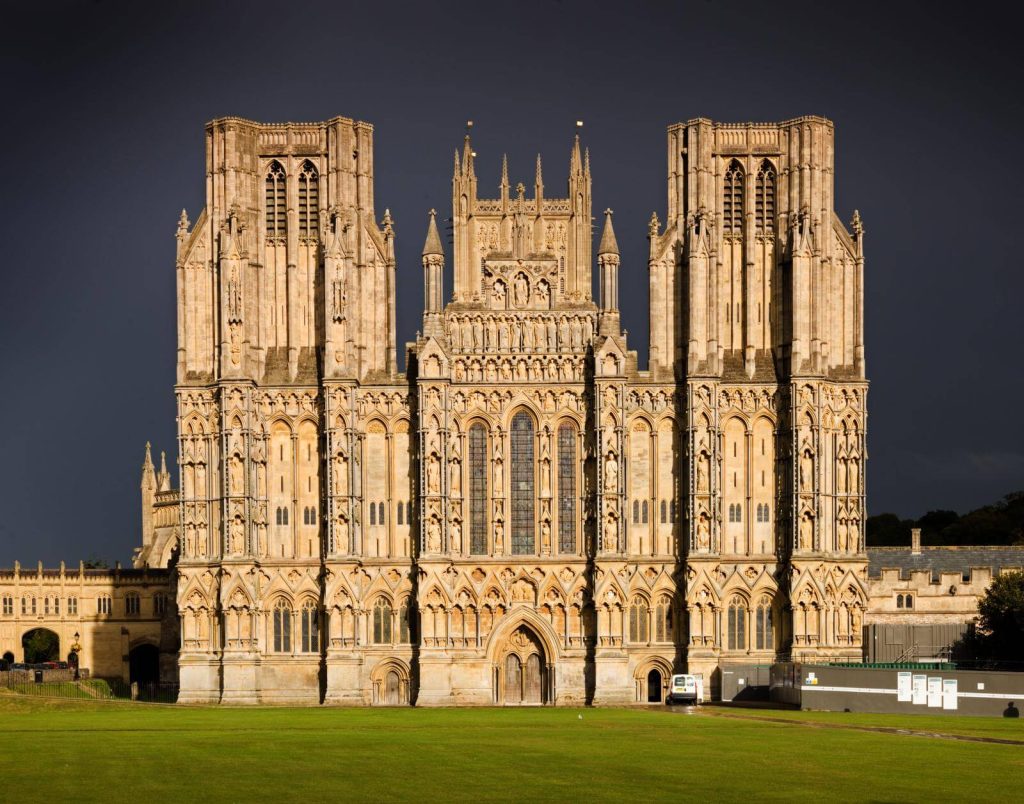
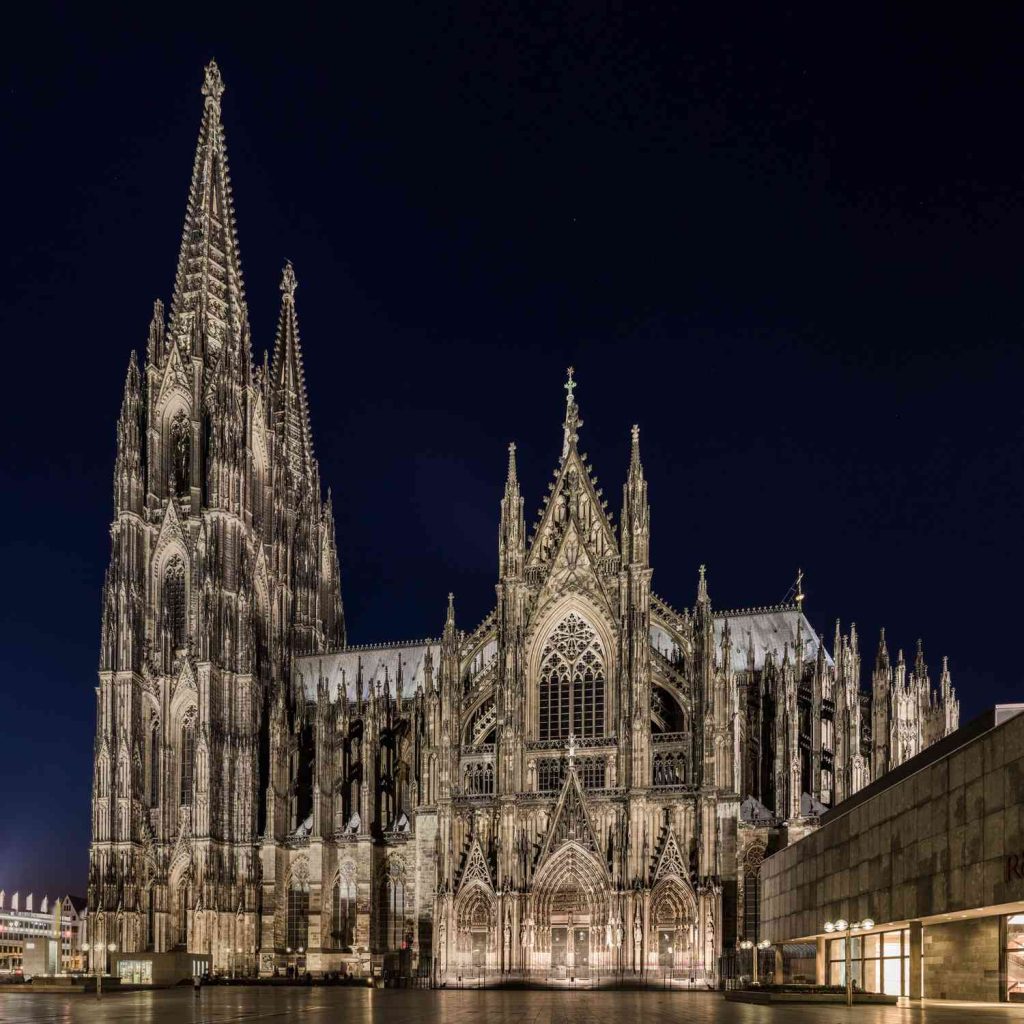
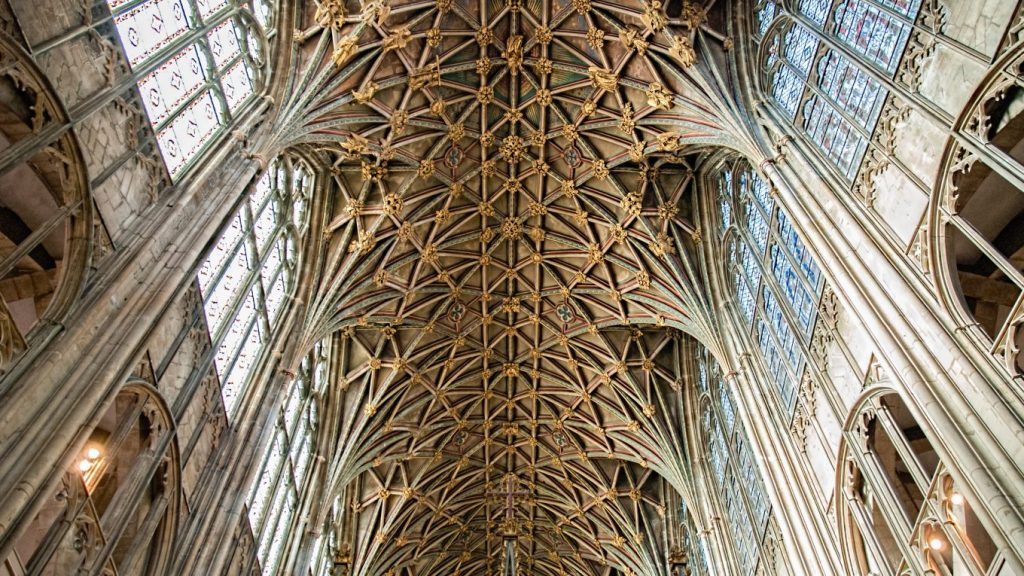
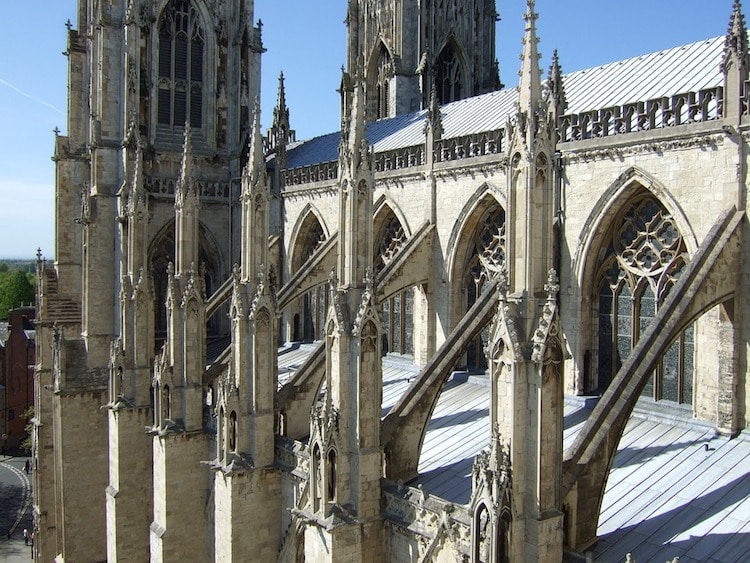
Cathedrals
Cathedrals are some of the most well-known and influential examples of Gothic architecture. They were built during the medieval period and were designed to be the largest and most impressive buildings in their respective cities or regions. As such, they provided a great testing ground for architectural experimentation and innovation.
One of the most notable features of Gothic cathedrals is the use of pointed arches, which allowed for the construction of taller, more slender buildings with larger windows and more open, airy spaces. These arches were often used in combination with ribbed vaults, which were used to support the weight of the building and create decorative patterns on the ceilings. Other common features of Gothic cathedrals include the use of flying buttresses, which helped to support the weight of the walls and roofs, and the use of ornate decorative elements such as tracery, carved stone, and stained glass.


Civil buildings
Gothic architecture was primarily used in the construction of churches and cathedrals, but it was also used in the construction of secular buildings, such as castles, palaces, and civil buildings. Gothic civil buildings were often designed to be grand and impressive, and they often featured many of the same architectural elements that were found in Gothic churches and cathedrals, such as pointed arches, ribbed vaults, and flying buttresses.
Gothic architecture was also used in the construction of secular buildings such as castles and palaces. These buildings were often designed to be defensive structures and often featured thick, fortified walls and strong foundations. Examples of Gothic castles and palaces include the Castle of Loarre in Spain, the Palace of the Popes in Avignon, France, and the Castle of the Teutonic Order in Malbork, Poland. One of the Valencians examples is the ”Lonja de Seda”.
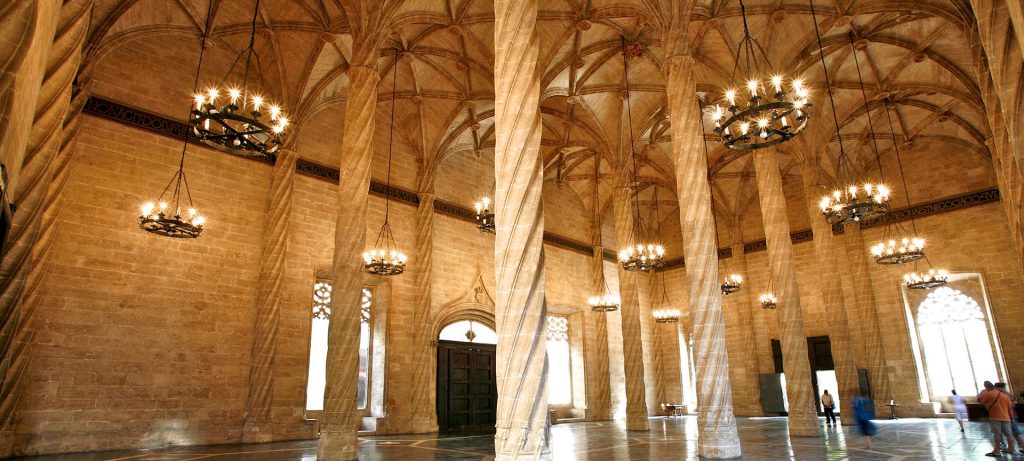
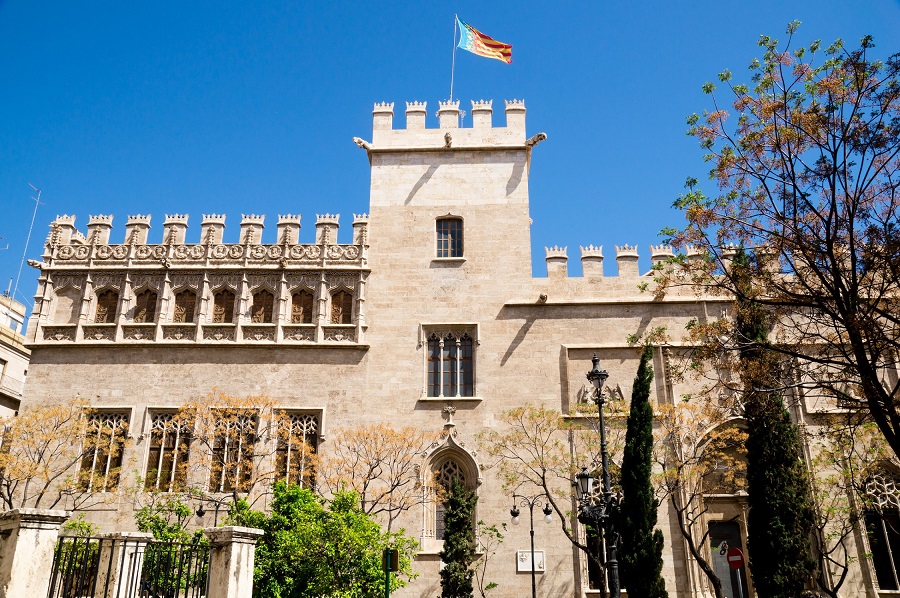
RENAISSANCE
The Renaissance was a cultural and intellectual movement that took place in Europe from the 14th to the 17th centuries. It was marked by a renewed interest in classical learning and art, and it had a significant impact on the development of architecture in Europe.
Renaissance architecture is characterized by the use of classical elements, such as columns, arches, and domes, and a focus on symmetry and proportion. It also made use of ornate decorative elements, such as frescoes, sculpture, and stucco work. Renaissance architects sought to create buildings that were both functional and aesthetically pleasing, and they were inspired by the ideals of classical Greece and Rome.
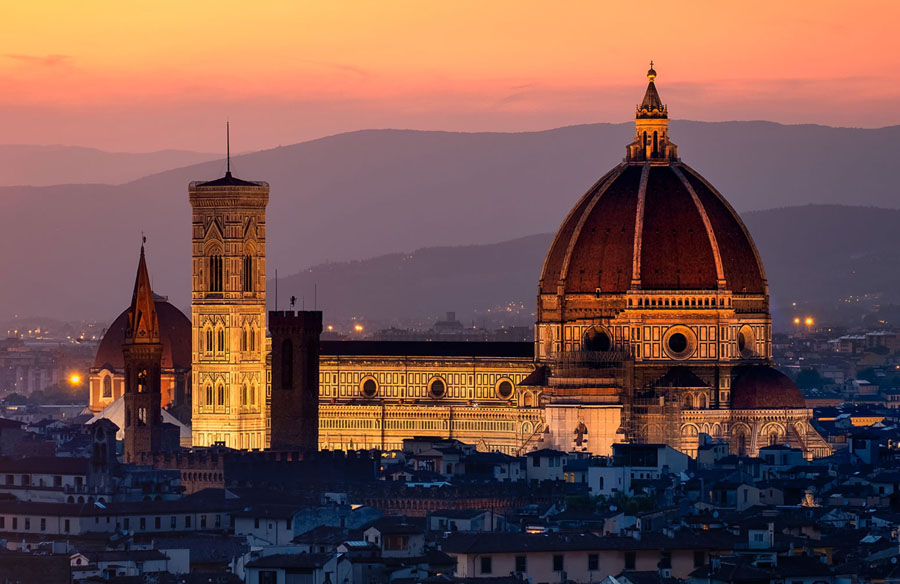
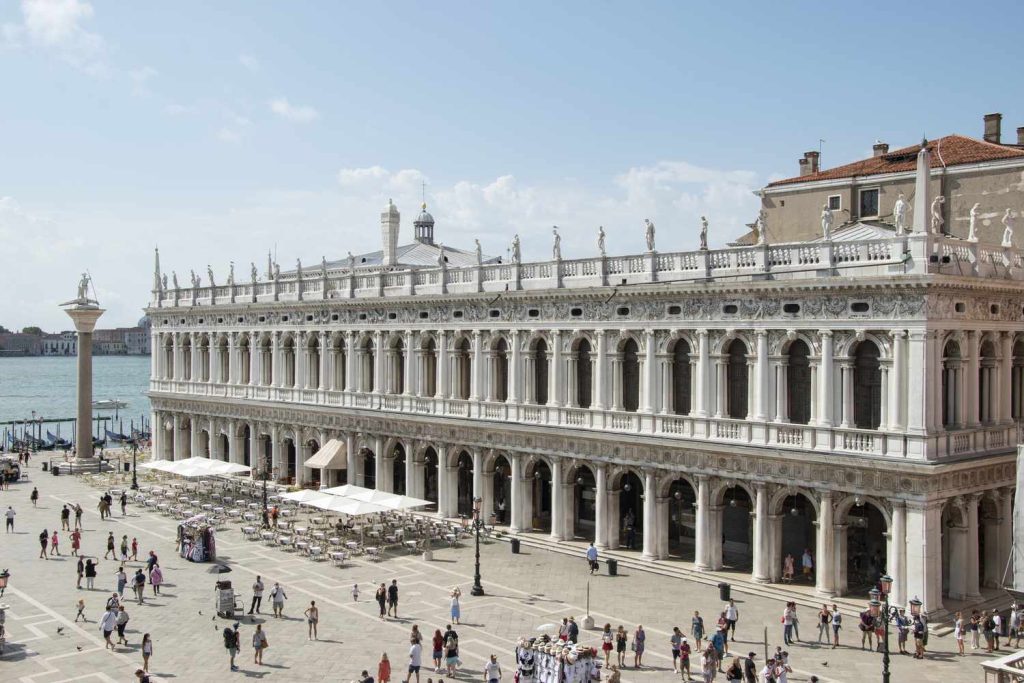
Some of the most famous examples of Renaissance architecture include the Palazzo del Te in Mantua, Italy, the Palace of Versailles in France, and the Palladio Villa in Vicenza, Italy. These buildings are known for their grand size, ornate decoration, and use of classical elements. Renaissance architecture had a significant influence on the development of architecture in Europe and continues to be admired for its beauty and sophistication.
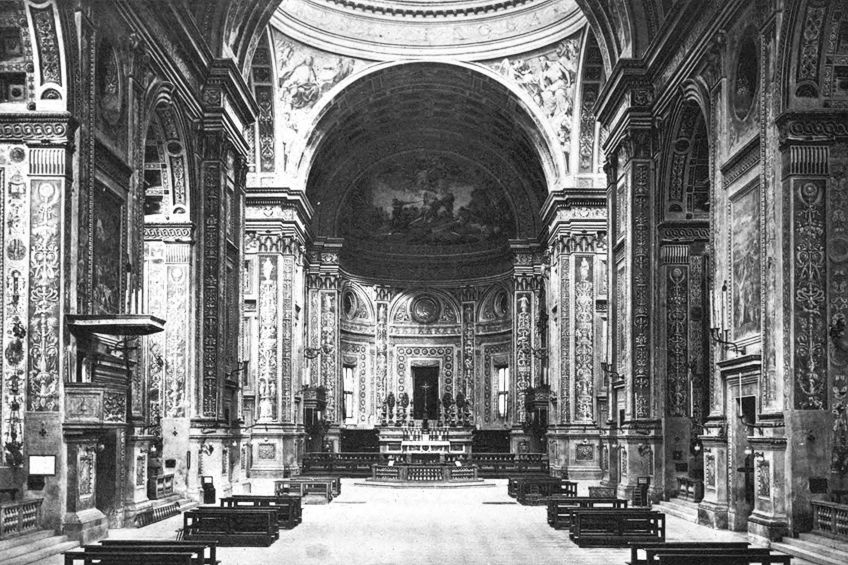
Filippo Brunelleschi
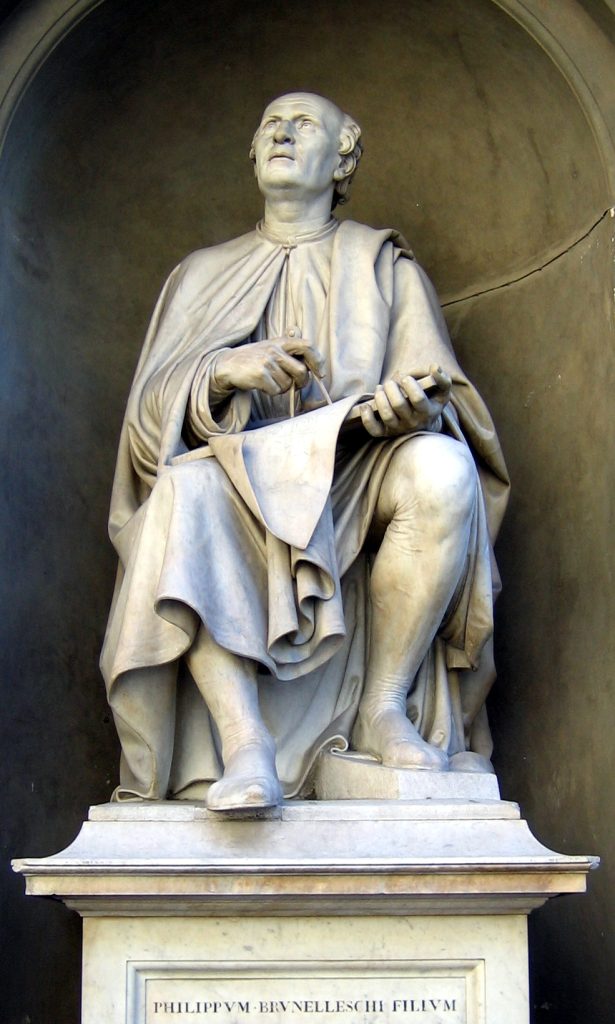
Filippo Brunelleschi (1377-1446) was an Italian architect and engineer who is considered one of the pioneers of Renaissance architecture. He was born in Florence and is best known for his work on the dome of the Cathedral of Santa Maria del Fiore in Florence, which is one of the most famous examples of Renaissance architecture.
Brunelleschi was a pioneer in the use of mathematical principles and scientific methods in the design and construction of buildings. He was also one of the first architects to use linear perspective in his designs, which allowed him to create more realistic and accurate representations of buildings.
In addition to the dome of the Cathedral of Santa Maria del Fiore, Brunelleschi is also known for his work on the Church of San Lorenzo in Florence, the Santo Spirito Church in Florence, and the Pazzi Chapel in Florence. His work had a significant influence on the development of Renaissance architecture and continues to be admired for its technical innovation and beauty.
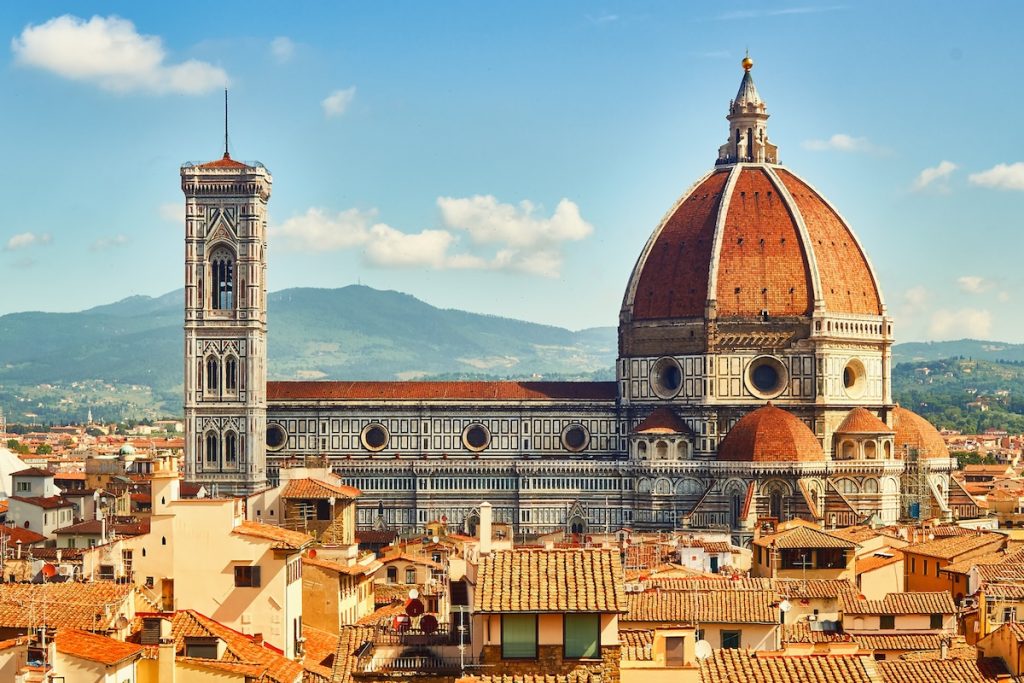
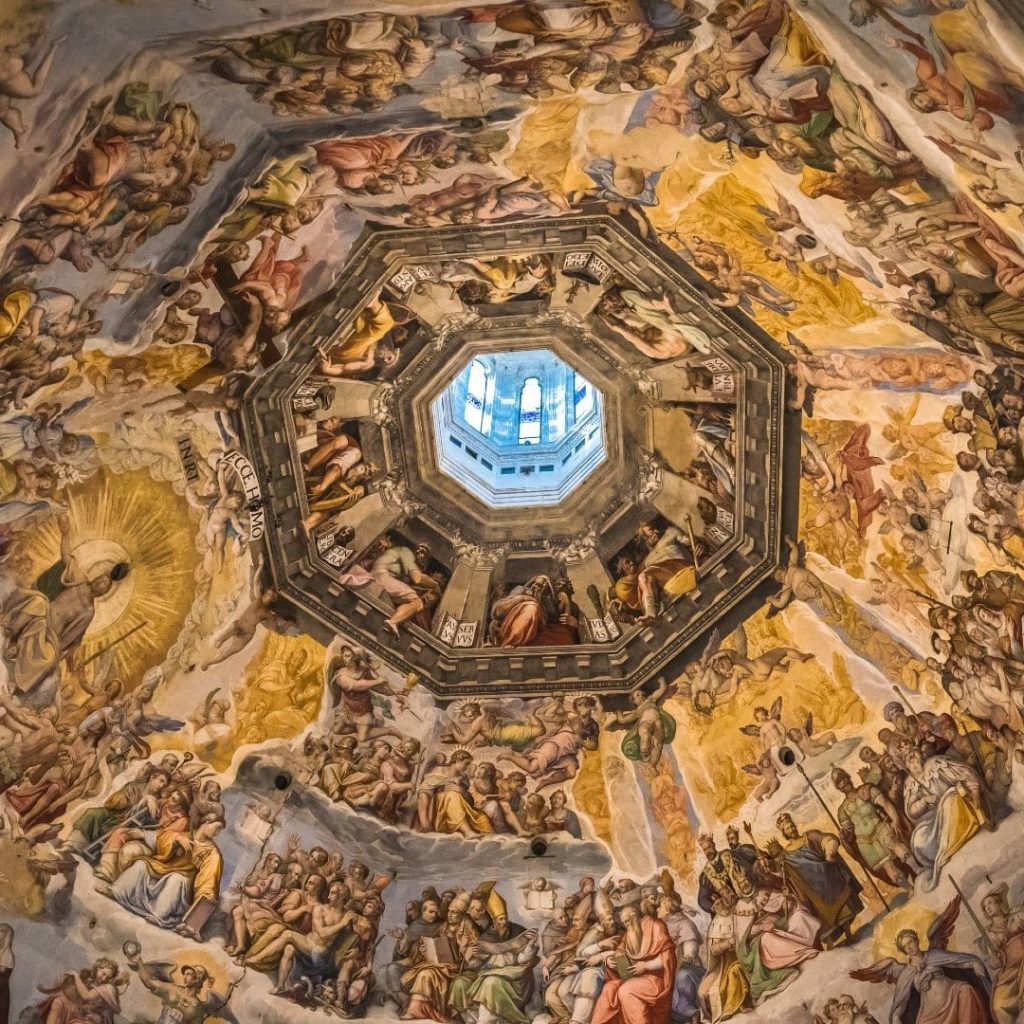
The dome of the Cathedral os Santa Maria
The dome is an engineering masterpiece and is considered one of the greatest achievements of Renaissance architecture. It is the largest brick dome ever built and is supported by four sandstone ribs that extend from the base of the dome to the top. The ribs are connected by a series of horizontal and diagonal arches, which help to distribute the weight of the dome and keep it from collapsing. The dome is also decorated with frescoes and has a lantern on top, which provides light to the interior of the cathedral.
The dome of the Cathedral of Santa Maria del Fiore is an iconic symbol of Florence and is visited by millions of tourists each year. It is considered a masterpiece of Renaissance architecture and is a testament to the technical and artistic achievements of Filippo Brunelleschi.
Leon Battista Alberti
Leon Battista Alberti (1404-1472) was an Italian architect, artist, and writer who is considered one of the pioneers of Renaissance architecture. He was born in Genoa and is best known for his work on the Church of San Francesco in Rimini, which is considered one of the first examples of Renaissance architecture.
Alberti was a versatile and influential figure during the Renaissance, and he made significant contributions to the fields of art, architecture, literature, and science. He is known for his treatises on art and architecture, in which he outlined his theories on the importance of proportion and symmetry in the design of buildings. He also wrote on a wide range of other topics, including mathematics, philosophy, and literature.
Alberti’s work had a significant influence on the development of Renaissance architecture and is still studied and admired by architects and art historians today. Some of his other notable works include the Church of Santa Maria Novella in Florence, the Palazzo Rucellai in Florence, and the Tempio Malatestiano in Rimini
MANNERISM
It is characterized by a focus on exaggerated and elongated forms, complex compositions, and a sense of artificiality and decoration. Mannerist art and architecture often shows a departure from the classical ideals of balance and harmony that were prevalent during the Renaissance, and it is known for its highly stylized and ornate aesthetic.
Mannerist architecture is characterized by the use of complex, irregular plans, and the incorporation of decorative elements such as stucco work, frescoes, and sculptures. Mannerist buildings often feature asymmetrical facades and are highly ornamented, with a focus on surface decoration rather than structural simplicity.
Some of the most famous examples of Mannerist architecture include the Palazzo del Te in Mantua, Italy, the El Escorial palace in Spain, and the Church of the Gesu in Rome. Mannerist architecture had a significant influence on the development of Baroque architecture and continues to be admired for its ornate and highly decorative style.
Andrea Palladio
Andrea Palladio (1508-1580) was an Italian architect and writer who is considered one of the most influential figures in the history of architecture. He was born in Padua and is best known for his work in the Venetian Republic, where he designed a number of famous buildings, including churches, palaces, and villas.
Palladio was a pioneer of the Classical style of architecture, which was inspired by the architecture of ancient Greece and Rome. He believed that buildings should be designed with a focus on proportion, symmetry, and the use of classical elements such as columns, arches, and pediments. His work had a significant influence on the development of architecture in Europe and around the world, and his ideas continue to be studied and admired by architects today.
Some of Palladio’s most famous works include the Basilica Palladiana in Vicenza, the Villa Rotonda in Vicenza, and the Church of San Giorgio Maggiore in Venice. His work had a significant influence on the development of Neoclassical architecture and is considered a masterpiece of Renaissance architecture.
Michelangelo
Michelangelo Buonarroti (1475-1564) was an Italian artist and architect who is considered one of the greatest artists in the history of Western art. He was born in Caprese, Italy, and is best known for his work as a sculptor, painter, and architect.
Michelangelo was a master of the High Renaissance style and is known for his highly realistic and expressive works of art. He is perhaps most famous for his sculptures, including the Pietà in St. Peter’s Basilica in Rome and the David in the Galleria dell’Accademia in Florence. Michelangelo’s paintings, such as the Sistine Chapel ceiling frescoes in Rome, are also highly regarded and are considered masterpieces of Renaissance art.
In addition to his work as a sculptor and painter, Michelangelo was also an accomplished architect. He designed a number of notable buildings, including the Laurentian Library in Florence, the Capitoline Hill in Rome, and the Palazzo Farnese in Rome. Michelangelo’s architecture is characterized by its grand scale, use of classical elements, and attention to detail, and it continues to be admired by architects and art enthusiasts today.
BARROC
The Baroque period in architecture, which lasted from the late 16th to the mid-18th century, was characterized by ornate, elaborate, and grandiose buildings and structures. It was a style that emerged in Italy and spread throughout Europe, influencing the architecture of many countries.
During the Baroque period, architects placed a greater emphasis on grandeur, drama, and theatricality in their designs. Buildings were often adorned with intricate sculptures, frescoes, and other decorative elements. The Baroque style was also characterized by the use of curved lines, domes, and other decorative features that created a sense of movement and dynamism.
One of the most famous examples of Baroque architecture is the Palace of Versailles in France, which was built in the mid-17th century. Other notable examples include St. Peter’s Basilica in Rome, the Royal Palace of Caserta in Italy, and the Schönbrunn Palace in Austria.
The Baroque period was followed by the Rococo style, which was characterized by a more lighthearted and decorative approach to architecture.
Gian Lorenzo Bernini
Gian Lorenzo Bernini (1598-1680) was an Italian sculptor, architect, and painter who was one of the most prominent figures of the Baroque period in art and architecture. He is known for his elaborate and ornate works that are characterized by their grandeur and dramatic impact.
Bernini was born in Naples, Italy, and moved to Rome at a young age to study art. He quickly gained recognition for his talent and became a favorite of the powerful Barberini family, who commissioned many of his works.
Bernini is best known for his sculptures, which include the famous Fountain of the Four Rivers in Rome’s Piazza Navona and the Ecstasy of Saint Teresa in the Cornaro Chapel. He is also known for his architectural works, such as the baldacchino in St. Peter’s Basilica and the colonnade in the Piazza San Pietro.
In addition to his sculptures and architectural works, Bernini was also a skilled painter and draftsman. He was a key figure in the Baroque movement and his work had a significant influence on the development of art and architecture in Europe.
Francesco Borromini
Francesco Borromini (1599-1667) was an Italian architect and sculptor who was a leading figure in the Baroque period. He is known for his highly ornate and dramatic architectural designs, which are characterized by their complex geometries and elaborate decorations.
Borromini was born in Bissone, Switzerland and trained as a stonecutter before studying architecture in Rome. He worked as an assistant to Carlo Maderno, the architect who designed St. Peter’s Basilica, and eventually became one of the most respected architects in Rome.
Some of Borromini’s most famous works include the Church of San Carlo alle Quattro Fontane, the Oratory of Sant’Ivo alla Sapienza, and the Palazzo Barberini. He is also known for his contributions to the design of the Palazzo di Propaganda Fide and the Sant’Andrea al Quirinale.
Borromini’s work had a significant influence on the development of Baroque architecture and his innovative designs continue to be admired by architects and art lovers today.
Rococo
Rococo architecture was a style that emerged in the 18th century as a more lighthearted and decorative alternative to the grandeur and drama of the Baroque style. It is characterized by its ornate and decorative elements, such as curving lines, shells, and other organic forms, as well as its use of pastel colors and gilded surfaces.
Rococo architecture was popular in France and Germany, as well as other parts of Europe, and it was often used in the design of palaces, mansions, and other grand buildings. It was also used in the design of smaller-scale structures, such as churches and chapels.
Some of the most famous examples of Rococo architecture include the Palace of Versailles in France, the Schönbrunn Palace in Austria, and the Zwinger Palace in Dresden, Germany.
The Rococo style was eventually replaced by the Neoclassical style, which was characterized by a more formal and classical approach to design. However, the ornate and decorative elements of Rococo architecture continue to be admired and have had a lasting influence on architecture and design.
NEOCLASSICISM
Neoclassicism was an architectural style that emerged in the mid-18th century as a reaction against the ornate and decorative elements of the Rococo style. It was characterized by a return to the classical forms and motifs of ancient Greek and Roman architecture, such as columns, pediments, and symmetrical facades.
Neoclassicism was popular in Europe and North America and was used in the design of a wide range of buildings, including public buildings, churches, and private homes. It was also used in the design of furniture and other decorative arts.
Some of the most famous examples of Neoclassical architecture include the Pantheon in Paris, the White House in Washington D.C., and the Brandenburg Gate in Berlin.
The Neoclassical style was eventually replaced by the Romantic and Gothic Revival styles in the 19th century. However, its emphasis on classical forms and motifs has had a lasting influence on architecture and continues to be a popular style in many parts of the world.
19th century
The 19th century was a period of great change and innovation in architecture. During this time, a number of different styles emerged, each with its own distinctive characteristics.
One of the most influential styles of the 19th century was the Romantic style, which emerged in the early part of the century and was characterized by an emphasis on emotion, drama, and the picturesque. This style was often used in the design of churches, castles, and other grand buildings and was inspired by medieval architecture and the natural landscape.
The Gothic Revival style, which was also popular in the 19th century, was characterized by its use of pointed arches, spires, and other features associated with medieval Gothic architecture. It was often used in the design of churches, university buildings, and other public buildings.
Other notable styles of the 19th century include the Neoclassical style, which was characterized by a return to classical forms and motifs, and the Art Nouveau style, which was characterized by its use of organic, flowing lines and motifs inspired by nature.
Overall, the 19th century was a time of great experimentation and innovation in architecture and many of the styles that emerged during this time continue to be influential today.
Anti-machinism
Anti-machinism in architecture is a term that refers to the rejection of machine-based design principles in favor of a more human-centered approach to architecture. This philosophy emerged in the mid-20th century as a reaction to the dominance of modernist architecture, which was characterized by its focus on functionality, efficiency, and the use of industrial materials and construction techniques.
Anti-machinism in architecture advocates for the use of organic, natural materials and traditional building techniques, as well as the incorporation of elements that are specific to the local culture and environment. It also emphasizes the importance of human comfort, well-being, and connection to nature in the design of buildings and spaces.
Some notable architects and designers who have been associated with the anti-machinist movement in architecture include Christopher Alexander, Hassan Fathy, and Léon Krier.
20TH CENTURY
The 20th century was a period of great change and innovation in architecture, with many different styles and movements emerging throughout the century.
One of the most influential styles of the early 20th century was modernism, which emerged in the 1910s and was characterized by a focus on functionality, efficiency, and the use of industrial materials and construction techniques. Modernist architects sought to create buildings that were simple, functional, and free of unnecessary ornamentation. Some of the most famous examples of modernist architecture include the Bauhaus School in Germany, the Barcelona Pavilion in Spain, and the Glass House in Connecticut, USA.
Other notable styles and movements of the 20th century include the International Style, which was characterized by its use of clean lines and a lack of ornamentation, and the postmodernist movement, which rejected the functionalist principles of modernism and embraced a more eclectic and playful approach to design.
Overall, the 20th century was a time of great experimentation and innovation in architecture, and many of the styles and movements that emerged during this time continue to be influential today.